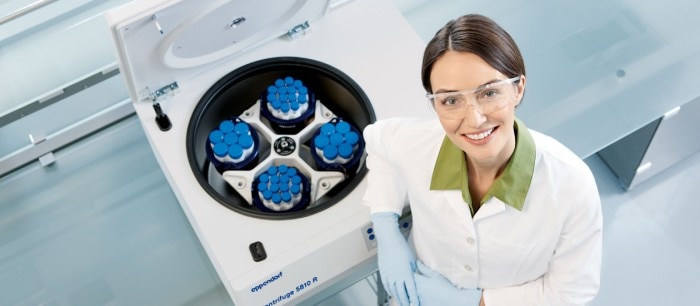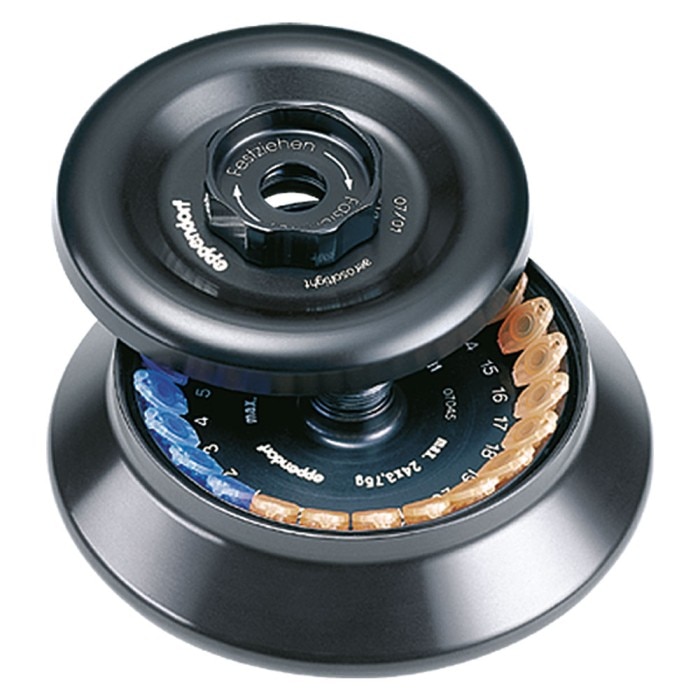メニュー
JP | JPY
-
-
-
- Challenges and Chances: A Review of the 1st Stem Cell Community Day
- Summertime, and the Livin’ Is Easy…
- Follow-on-Biologics – More than Simple Generics
- Bacteria Versus Body Cells: A 1:1 Tie
- Behind the Crime Scene: How Biological Traces Can Help to Convict Offenders
- Every 3 Seconds Someone in the World Is Affected by Alzheimer's
- HIV – It’s Still Not Under Control…
- How Many Will Be Convicted This Time?
- Malaria – the Battle is Not Lost
- Physicians on Standby: The Annual Flu Season Can Be Serious
- At the Forefront in Fighting Cancer
- Molecular Motors: Think Small and yet Smaller Again…
- Liquid Biopsy: Novel Methods May Ease Cancer Detection and Therapy
- They Are Invisible, Sneaky and Disgusting – But Today It’s Their Special Day!
- How Many Cells Are in Your Body? Probably More Than You Think!
- What You Need to Know about Antibiotic Resistance – Findings, Facts and Good Intentions
- Why Do Old Men Have Big Ears?
- The Condemned Live Longer: A Potential Paradigm Shift in Genetics
- From Research to Commerce
- Chronobiology – How the Cold Seasons Influence Our Biorhythms
- Taskforce Microbots: Targeted Treatment from Inside the Body
- Eyes on Cancer Therapy
-
-
-
-
-
- Challenges and Chances: A Review of the 1st Stem Cell Community Day
- Summertime, and the Livin’ Is Easy…
- Follow-on-Biologics – More than Simple Generics
- Bacteria Versus Body Cells: A 1:1 Tie
- Behind the Crime Scene: How Biological Traces Can Help to Convict Offenders
- Every 3 Seconds Someone in the World Is Affected by Alzheimer's
- HIV – It’s Still Not Under Control…
- How Many Will Be Convicted This Time?
- Malaria – the Battle is Not Lost
- Physicians on Standby: The Annual Flu Season Can Be Serious
- At the Forefront in Fighting Cancer
- Molecular Motors: Think Small and yet Smaller Again…
- Liquid Biopsy: Novel Methods May Ease Cancer Detection and Therapy
- They Are Invisible, Sneaky and Disgusting – But Today It’s Their Special Day!
- How Many Cells Are in Your Body? Probably More Than You Think!
- What You Need to Know about Antibiotic Resistance – Findings, Facts and Good Intentions
- Why Do Old Men Have Big Ears?
- The Condemned Live Longer: A Potential Paradigm Shift in Genetics
- From Research to Commerce
- Chronobiology – How the Cold Seasons Influence Our Biorhythms
- Taskforce Microbots: Targeted Treatment from Inside the Body
- Eyes on Cancer Therapy
-
-
JP | JPY

When to Use a Fixed-angle Rotor or a Swing-bucket Rotor?
Lab Academy
- 遠心機
- 遠心機およびローター
- エッセー
Generally speaking, there are two types of centrifuge rotors available: fixed-angle rotors and swing-bucket rotors. Both types of rotors have advantages and disadvantages. Learn more about when to use which rotor type in this article.
Most fixed-angle rotors have bores at a fixed angle of 45° and the most compact pellet is formed at that angle. Smaller rotor angles result in more diffuse pellet areas.
The advantage of fixed-angle rotors is that they don’t have moving parts like swing-bucket rotors. Fixed-angle rotors are therefore exposed to much lower metal stress than swing-bucket rotors. This results in higher possible g-forces and thus shorter centrifugation times. The disadvantage of these rotors is that they provide only limited vessel capacity.
You will need a fixed-angle rotor when
The buckets of swing-bucket rotors swing out horizontally at a 90° angle, resulting in the pellets being located directly in the middle of the tube bottom. The strength of these rotors is that they enable high vessel capacity and high vessel flexibility due to the different adapter options available for them.
Pellets located in the middle of the tube bottom and not on the side of the tube wall as is the case with fixed-angle rotors can be an advantage as well, e.g., when low concentrations are expected and only very low volumes of buffer should be used for resolving the pellet in order to keep the sample concentration as high as possible.
Gradient centrifugation definitely requires a swing-bucket rotor so horizontal layers can form that remain in this position at the end of centrifugation.
A disadvantage of swing-bucket rotors is the high metal stress the moving buckets cause. This results in lower maximum g-forces and possibly requires longer centrifugation times.
You will need a swing-bucket rotor when you
The advantage of fixed-angle rotors is that they don’t have moving parts like swing-bucket rotors. Fixed-angle rotors are therefore exposed to much lower metal stress than swing-bucket rotors. This results in higher possible g-forces and thus shorter centrifugation times. The disadvantage of these rotors is that they provide only limited vessel capacity.
You will need a fixed-angle rotor when
- high g-forces are applied,
- compact pellets are needed, or
- a rather low number of vessels is used.
The buckets of swing-bucket rotors swing out horizontally at a 90° angle, resulting in the pellets being located directly in the middle of the tube bottom. The strength of these rotors is that they enable high vessel capacity and high vessel flexibility due to the different adapter options available for them.
Pellets located in the middle of the tube bottom and not on the side of the tube wall as is the case with fixed-angle rotors can be an advantage as well, e.g., when low concentrations are expected and only very low volumes of buffer should be used for resolving the pellet in order to keep the sample concentration as high as possible.
Gradient centrifugation definitely requires a swing-bucket rotor so horizontal layers can form that remain in this position at the end of centrifugation.
A disadvantage of swing-bucket rotors is the high metal stress the moving buckets cause. This results in lower maximum g-forces and possibly requires longer centrifugation times.
You will need a swing-bucket rotor when you
- have a high sample throughput,
- need a high vessel flexibility (adapter flexibility),
- are centrifuging plates
- need to have the pellet in the middle of the tube bottom,
- or are carrying out gradient centrifugation.
もっと読む
表示を減らす

